Originally posted 2022-06-30 15:03:00.
So-called ‘homosexuality’, as it is known in the Anglo-West is almost non-existent outside it, despite efforts being continually made to revise history. That is because in all other places and at all other times, sex between males was strictly limited to sex between men and boys or older youths and younger boys, and sex between men and catamites who had permanently adopted the appearance and social role of women — mukhannathun — or today, ladyboys.
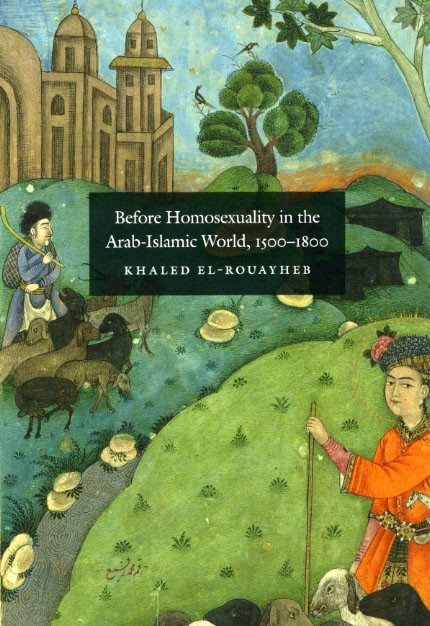
The following chapter from Before Homosexuality in the Arab-Islamic World, 1500-1800 by Khaled El-Rouayheb. The author’s footnotes are numbered in the text, my comments are italic in blue.
In the “homosocial” world of the early Ottoman Arab East, sexual symbolism was never far from the surface. Yet actual sexual intercourse between adult men was clearly perceived as an anomaly, linked either to violence (rape) or disease (ubnah).[1]
However, sex between men and boys was practically universal in the Islamosphere, which for centuries was far more relaxed about this than the Christian world.
Sexual relations between men and boys in the early Ottoman Arab East were almost always conceived as involving an adult man (who stereotypically would be the “male” partner) and an adolescent boy (the “female”).
Not-men
The latter—referred to in the texts as amrad (beardless boy); ghulām or ṣabī (boy); or fatā, shābb, or hadath (male youth)—though biologically male, was not completely a “man” in the social and cultural sense; and his intermediate status was symbolized by the lack of the most visible of male sex characteristics: a beard. The cultural importance of beards and/or moustaches in the early Ottoman Arab East is attested by both the European travel literature and the indigenous literature. The beard or moustache was a symbol of male honour, something one swore by or insulted.
Men had beards; boys did not. Since they were not men, boys could have sex between themselves and with men, without breaking the rules.

Feminised boys
Corollary to the tacit association of coarse facial hair with masculinity was the relative feminization of the teenage boy whose beard was as yet absent or soft and incomplete. This feminization must have been enhanced by the fact that, in the urban centres at least, women’s faces were normally veiled in public.
Boys, therefore, formed a distinct group who both presented beauty and were sexually available. Because they were not men, they were halal as partners for men.
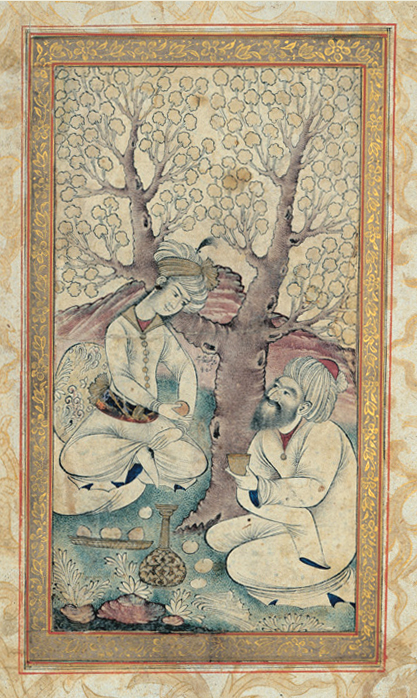
It is not a straightforward affair to determine the age during which a male youth was considered to be sexually attractive to adult men. The relevant terms, such as amrad or ghulām, tend to be impressionistic and somewhat loosely employed in the sources.
For example, the term amrad (beardless boy) could be used to refer to prepubescent, completely smooth-cheeked boys, as opposed to adolescent, downy-cheeked youths, but it could also refer to all youths who did not yet have a fully developed beard, and hence to youths who were as old as twenty or twenty-one. According to a saying attributed to the first Umayyad Caliph Muʿāwiyah (d. 680) and quoted in an eighteenth-century dictionary:
I was beardless for twenty years, fully bearded for twenty years, I plucked gray hairs from it for twenty years, and dyed it for twenty years.[2]
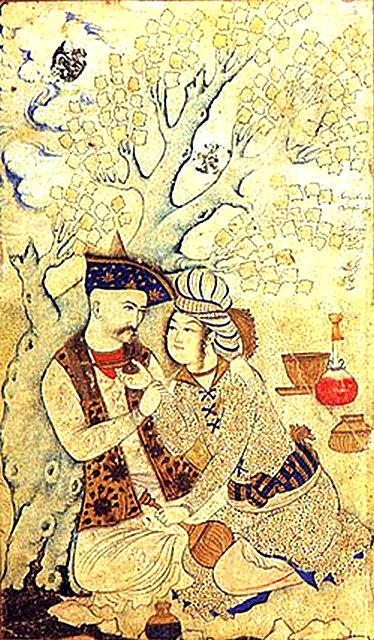
Lower age limit
If the upper age limit was physical maturity at around twenty, the lower age limit for the sexual interest of the pederasts seems to have been the recognized transition from childhood to youth, at the age of seven or eight.
Although the youth of these boys appears shocking to a modern Anglo-Western view, the same notions were widely held in Europe at the time.
The weight of the available evidence tends to support the conclusion that the pederasts’ lust tended to be directed at boys whose age fell within this interval, and that the boy’s attractiveness was usually supposed to peak around halfway through, at fourteen or fifteen.
The Egyptian Yūsuf al-Shirbīnī, writing in the late seventeenth century, opined that a boy’s attractiveness peaks at fifteen, declines after the age of eighteen, and disappears fully at twenty, by which time he will be fully hirsute:
“So infatuation and passionate love is properly directed only at those of lithesome figure and sweet smile from those who are in their tens (awlād al-‘ashr).”[3]
‘Tens’ here means ‘having ten years or more of age, but less than twenty’. This was commonly held to be when a boy was most attractive.
Similarly, an anonymous poem cited by the Damascene chronicler Ibn Kannān al-Sālihī (d. 1740) on the natural ages of man associated the “son of ten” (ibn al-ʿashr— presumably in the sense of “in his tens” rather than “exactly ten years old”) with incomparable beauty, the “son of twenty” with the heedless pursuit of pleasure, the “son of thirty” with the apogee of strength, etc.[4]
In love poetry and rhymed prose, the age of the beloved was often said to be fourteen, probably a standard rhetorical device engendered by the conventional comparison of the face of the beloved with the moon, which reaches its apogee around the fourteenth of each month of the Muslim lunar calendar.[5]
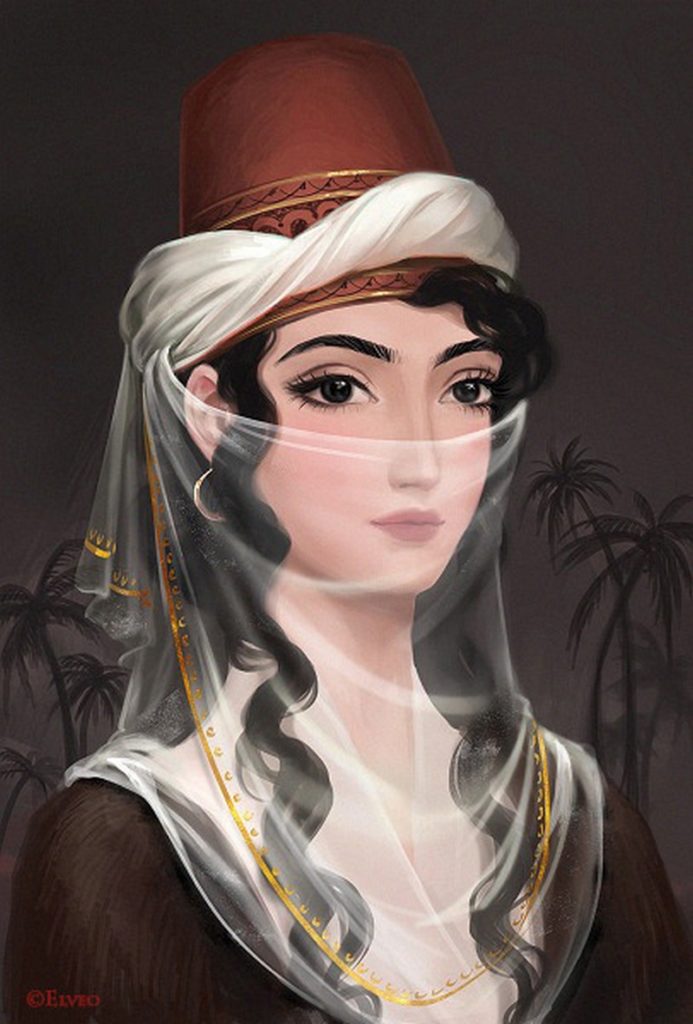
Catamites
However, there is independent evidence from European travel accounts that catamites were “likely of twelve, or fourteen years old, some of them not above nine, or ten.”[6]
Much depended on the eye of the beholder as well as the individual rate of maturation. The comparison of the respective charms of beardless and downy-cheeked youths was a conventional topic in the belles-lettres of the period. Many poets expressed the opinion that a boy ceased to be attractive already at the appearance of beard-down (ʿidhār) on his cheeks, which would imply a somewhat lower upper age limit.
The Damascene scholar and biographer Muhammad Khalīl al-Murādī (d. 1791) seems to have had enough beard-down by the age of fourteen to merit a poem celebrating the occasion. A grandson of ʿAbd al-Ghanī al-Nābulusī was seventeen, and a son of the Iraqi scholar Mahmūd al-Alūsī eighteen, when they elicited similar poems.[7]
The prominent Syrian mystic Muhammad ibn ʿIrāq (d. 1526) veiled his son ʿAlī between the age of eight and sixteen, “to keep people from being enchanted by him,” suggesting that by the latter age his features were deemed by the father to be developed enough to make him unattractive to other men.[8]
On the other hand, the chronicler Ibn Ayyūb al-Ansdcl recorded the death of a seventeen-year-old Damascene youth who left behind a host of lamenting male admirers.[9]
Boys who enjoyed being coveted
The Iraqi poet Qāsim al-Rāmī (d. 1772/3) traced in verse the development of a boy from the age of ten, when he “became settled in the sanctuary of beauty,” to the age of sixteen, when he (disreputably) started to pluck the hairs from his cheeks.[10]
Plucking beard-down from the face seems to have signalled, in a too direct and indiscreet manner, that the boy actually enjoyed being coveted by men, and was in no hurry to become a bearded adult.
One of the great paradoxes is that while boys were seen as legitimate sexual targets for men and they were expected to be enthusiastic lovers while unbearded, to continue to desire to be penetrated once hirsute was the mark of a catamite and considered disgraceful. In some regions this could be a fatal error while in others, a boy like this would be expected to ‘go all the way’ and become transsexual, indeed to undergo castration. Similar conventions existed in other milieu where sex between men and boys was routinely practised, for example in Greece or in English boarding-schools.
Cheerful pluckers
To that extent, it was associated with the behaviour of boy prostitutes or effeminate males. The above-mentioned Yūsuf al-Shirbīnī thus stated that the term natīf (literally “plucked”) was used of the beardless boy who, “if his beard starts to grow, and he enjoys being effeminate (al-khināth) or—God forbid—he has ubnah, will constantly shave his beard and beautify himself for the libertine (fāsiq) … for souls incline toward the beardless boy as long as his cheeks are clear.”[11]
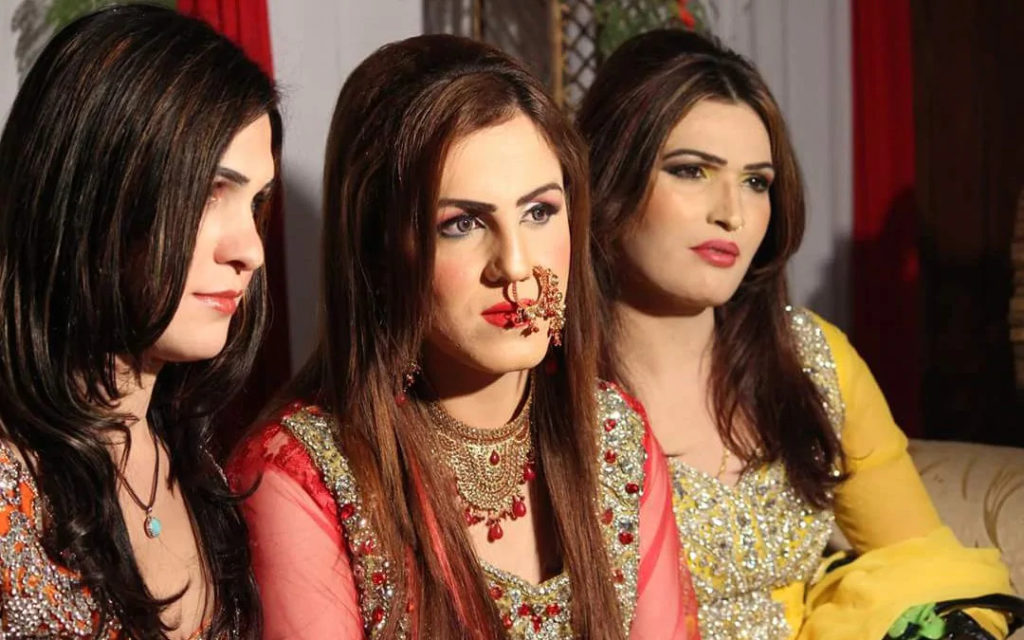
The foregoing article may be confusing for some, having been brought up with an Anglo-Western bias. However, Khaled El-Rouayheb is by no means alone in his assertions. It is for these reasons, however, that Muslims are able to truthfully say that ‘homosexuality’ does not exist in their culture — because the ridiculous Anglo-Western ‘like with like’ model is absolutely condemned and always has been.
[1] Ubnah was described in the first chapter as the “disease with prescribed remedies” responsible for the adult man, “viewed as a pathological case, … who desires to be anally penetrated.” Such men stood out, in contrast to men who desired to penetrate boys, who were seen as normal.
[2] Muhammad Murtada al-Zabīdī,Taj al-ʿarūs bi sharḥ jawāhir al-Qāmūs. (Kuwait, 1965-2001) 9 : I66 (m-r-d).
[3] Yusuf Shirbīnī, Hazz al-quḥūf, (Cairo, 1322H) 94. This is strikingly similar to the pre-Meiji Japanese views analyzed in G. M. Pflugfelder, Cartographies of Desire: Male-Male Sexuality in Japanese Discourse, 1600—1850. (Berkeley, 1999) 31.
[4] Muhammad Ibn Kannan al-Ṣaliḥ, al-Ḥawādith al-yawmiyyah min tārīkh iḥdā ‘ashar wa alf wa mi’ah. (Partial ed., A. ‘Ulabī [with the tide Υawmiyyāt shāmiyyah]. Damascus, 1994) 417.
[5] Hasan al-Būrīnī, Tarājim al-a‘yān min abnā’ al-zamān (edited by S. al-Munajjid. Damascus, 1959—63) 2:241; Muhammad Amīn Muḥibbī, Dhayl Nafḥat al-rayḥānah (edited by ‘A. al-Ḥilū. Cairo, 1971) I:412; Ahmad al-Khafājī, Rayḥānat al-alibbā wa zahrat al-ḥayāt al-dunyā (edited by ‘A. al-Hilū. Cairo, 1967) 1:247. An eighteenth-century Turkish work of bawdy comedy also states that for pederasts the ideal age of boys is fourteen (see J. Schmidt, “Sünbülza de Vehbi ’s Ševki-Engiz, an Ottoman Pornographic Poem.” Turcica 25 (1993): 24).
[6] H. Blount,A Voyage into the Levant (London, 1636) 14.
[7] Muhammad Khalīl al-Murādī, Silk al-durar fī a‘yān al-qarn al-thānī ashar (Cairo and Istanbul, 1291-1301) I: 247; Kamal al-Dīn Muhammad al-Ghazzī, al- Wird al-unsī wa al-wārid al-qudsī fī tarjamat al-‘ārif
bi-allah ‘Abd al-Ghanī al-Nābulusī (MS, American University of Beirut, Mic-MS 243) fol. 110b-111a; Mahmud Shukri al-Alūsī, al- Misk al-adhfar nashr mazāyā al-qarn al-thānī ‘ashar wa althālithʿashar (edited by ‘A. al-Jabbūrī. Riyad, 1982) 98-99. In these cases, the last hemistih of the poems contains the date of composition in letter-code. Together with the date of birth, they allow the calculation of the age of the youth at the time.
[8] Raḍī al-Dīn Ibn al-Ḥanbalī, Durr al-ḥabab fī tārīkh a‘yān Ḥalab (edited by M. al-Fākhūrī and Y. ‘Abbārah. Damascus, 1972-74) I : 1109. Ibn al-Ḥanbalī knew the son in question personally.
[9] Musa Ibn Ayyūb Ibn Ayyūb al-Anṣārī, Nuzhat al-khāṭir wa bahjat al-nāẓir (edited by ‘A. M. Ibrāhīm., Nuzhat al-khāṭir) 2 :204.
[10] ‘Uthmān al-‘Umarī, al-Rawḍ al-naḍir fī tarjamatudabaʾ al-ʿasr (edited by S. al-Nu‘aymī, Baghdad, 1974-75) 2:270-73.
[11] Shirbīnī, op. cit., 233.



![[kofi]](https://www.rodfleming.com/wp-content/uploads/2022/03/support-me-on-[kofi].png)
